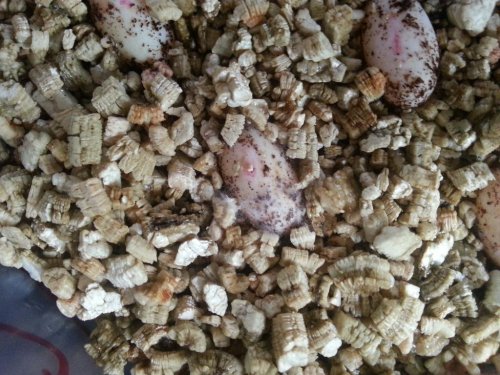jajeanpierre
Chameleon Enthusiast
My gracilior laid her second clutch of eggs for me June 2nd. I checked them the other day and found many were covered in mold. This is her second clutch since she was imported the first week of February. Her first clutch was laid six weeks after import. Both clutches--if they are fertile--are from retained sperm.
How do I deal with the moldy eggs? I carefully scooped out the vermiculite that surrounded the bad eggs. Should I set up a new box and transfer the eggs into fresh vermiculite? Should I be checking the eggs every day?
This clutch was suspect to begin with--it had flattened sides on many of the eggs.
Thanks.
How do I deal with the moldy eggs? I carefully scooped out the vermiculite that surrounded the bad eggs. Should I set up a new box and transfer the eggs into fresh vermiculite? Should I be checking the eggs every day?
This clutch was suspect to begin with--it had flattened sides on many of the eggs.
Thanks.




